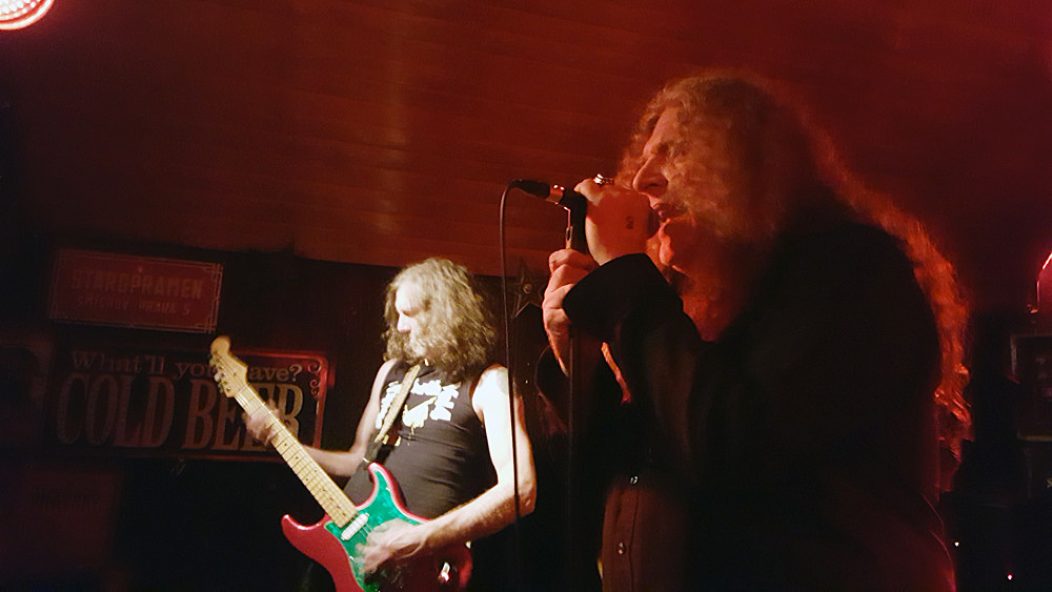
Live Report: The Skull with Hellrad and The Company Corvette @ Kung Fu Necktie, Philadelphia
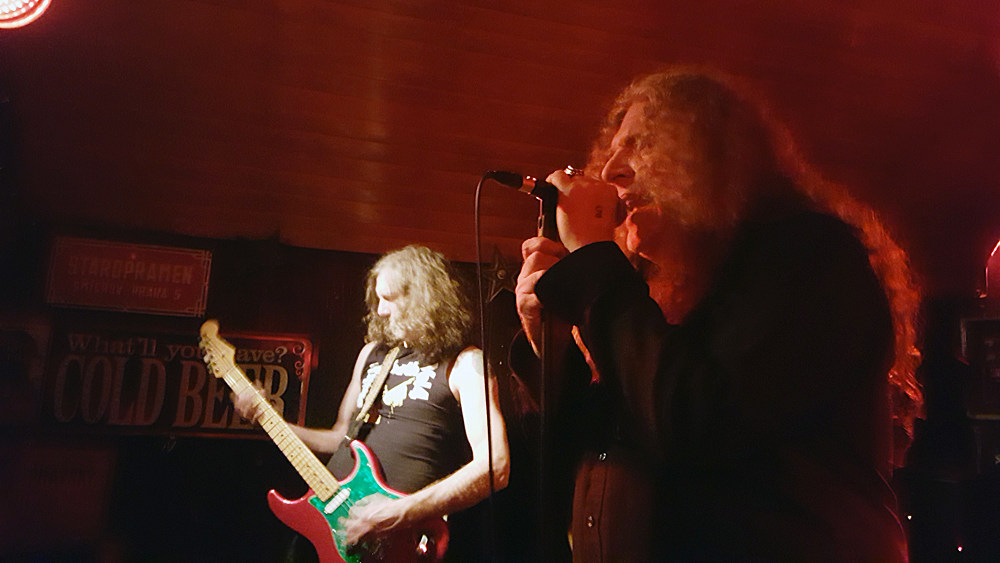
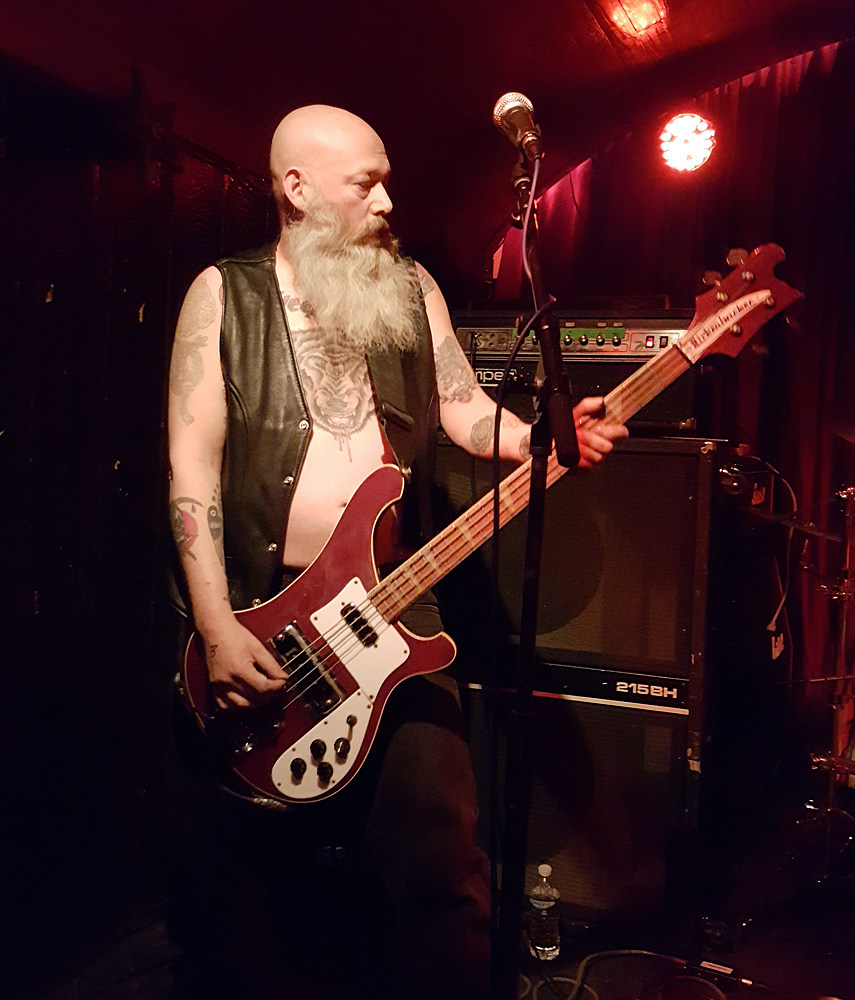
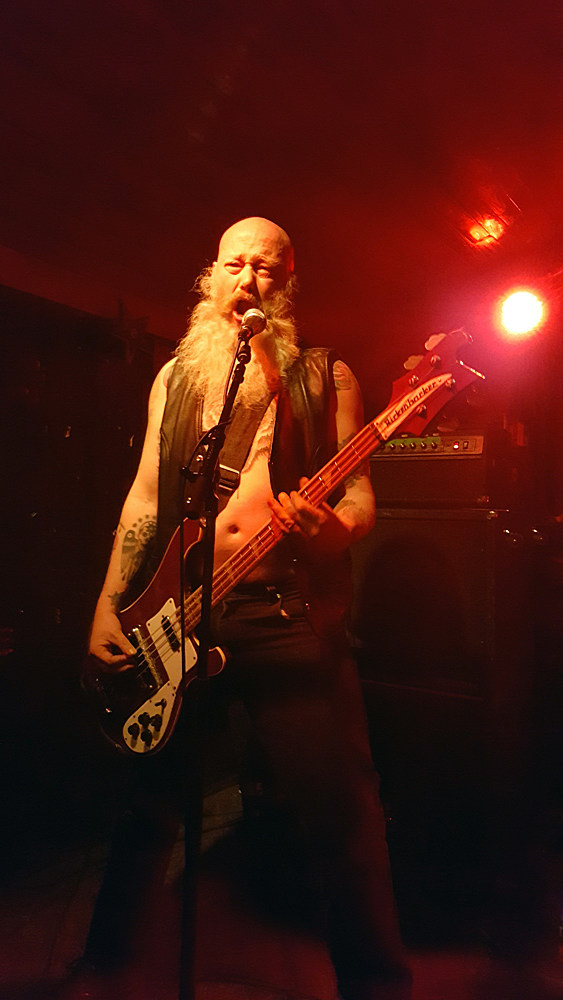
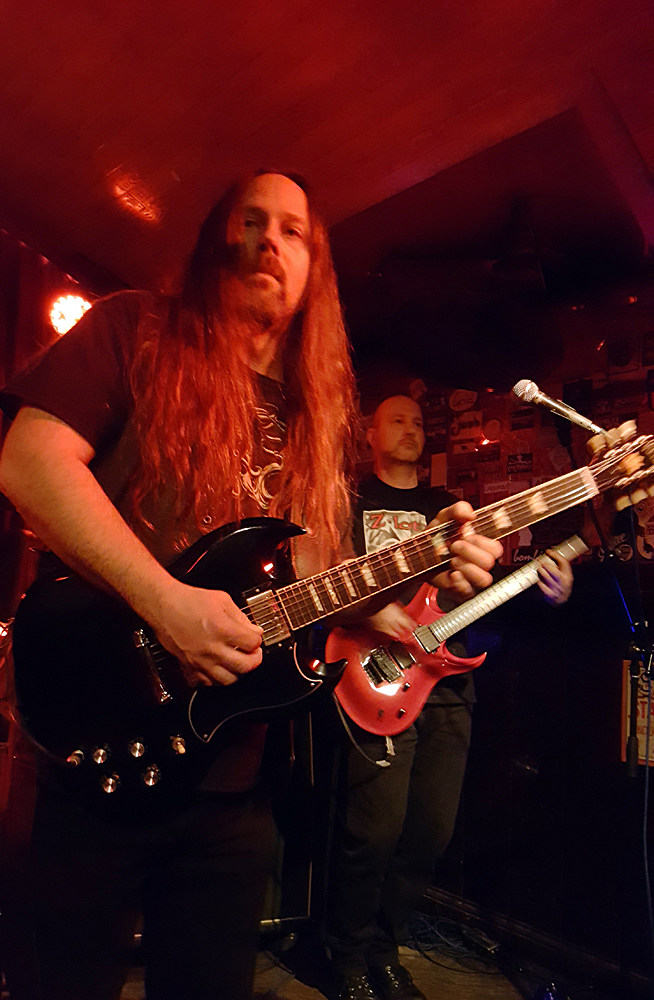
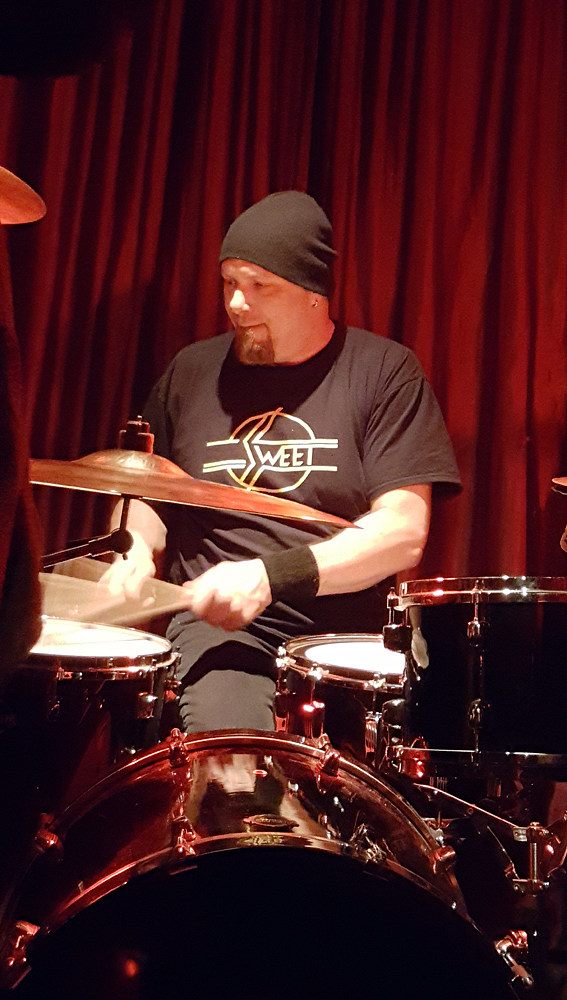
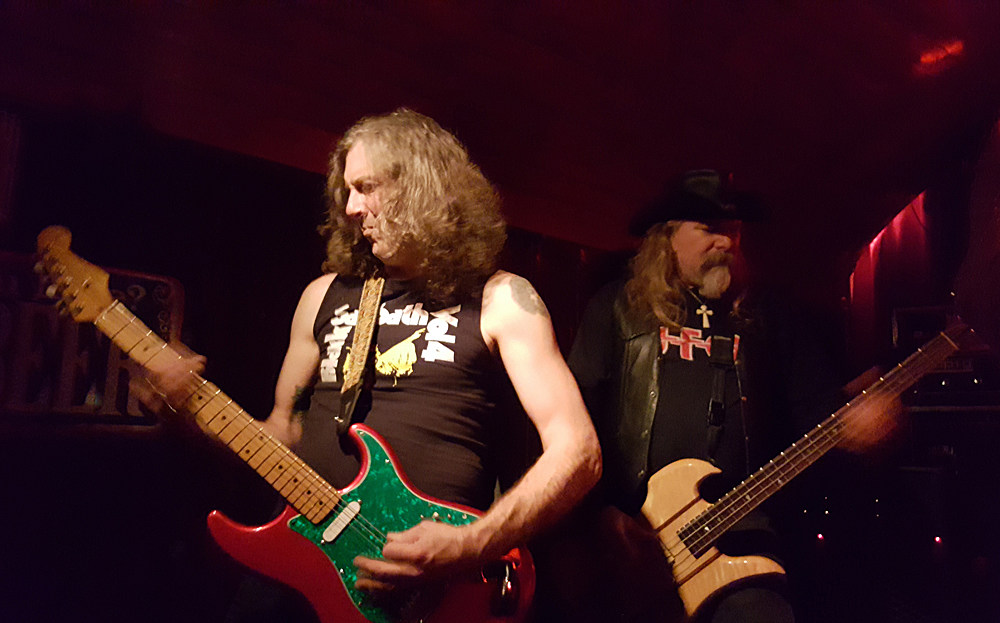
…
The name The Company Corvette conjures up images of 1970s-era reprobates, but in practice, they harken back even farther than that. The mournful riffs, ham-fisted solos, and deceptively repetitive song structures are the blues, pure and simple. Sure, it’s amplified and filtered through the lens of our desolate times — and bassist/singer Ross Pritchett looks more like a crust punk than Robert Johnson — but the devil is still likely involved in some way. Check ‘em out if you see them at a crossroads near you.
…
…
Hellrad is also a Philadelphia-based three-piece, and both bands might very well be buds, but that’s the extent of the similarities. These guys look like the Hell’s Angels that killed at Altamont, symbolically ending the 1960s. They’d probably like that description: the band that ended the Summer of Love! Just give ‘em a mad scientist and a DeLorean. All that said, it’s a safe bet they would still be flattered at offers of free love and free weed.
The band reinvents Motörhead as a sludge band. Herb Jowett growls menacingly while rocking a Rickenbacker and ripping chords in lieu of bass lines; drummer Benjamin Harris is far more active than you might expect. Guitarist Mike Hook, decked out in more fringe than a closet of Ozzy jackets, plays like Ted Nugent joined Crowbar. They’ve already toured Europe and America with UK street-doom merchants Tannhäuser Krieg, but I bet they’d do this in your basement if you had beer. It doesn’t even have to be good beer.
Most may not think of Trouble’s debut as a self-titled album since everyone refers to it as Psalm 9, but it still is the first of two eponymous releases and arguably the better of the two. It’s certainly more groundbreaking, emerging in 1984 as a slow and Christian doom metal response to the speedy satanic thrash that ruled the metal underworld at the time. Heshers of a certain age remember the white vinyl Metal Blade pressed and fanzine think-pieces (we didn’t call them that, of course) about how Christian Trouble really was.
…
…
So it’s a bit strange to see The Skull, featuring Eric Wagner and Ron Holzner from the legendary band fleshed out by doom metal luminaires Brian Dixon (Cathedral), Rob Wrong (Witch Mountain), and Lothar Keller (Sacred Dawn/Divinity Compromised), take on Trouble’s major label debut released by Rick Rubin’s Def American Records. What it lacks in pedigree it more than makes up for in depth and songwriting chops.
Those who were there at the time can attest that the 1990 release was a masterpiece in its own right. It was a transitional album taking equal parts the post-Sabbath slabbage of the early Metal Blade releases and hints of the full-blown Hendrix worship to come on the follow-up Manic Frustration. In the skilled hands of The Skull, this 28-year-old album was not only reborn, it was reinvigorated.
There are classic Trouble moments such as the lazy tempo and chugging riff of “At the End of My Daze” and the cowbell psych-out of “Psychotic Reaction” next to anomalies such as the speedy “The Wolf” and its foil, “The Misery Shows (Act 2),” a Beatlesque tune that taps into the realization that Sabbath were a bunch of hippies. Toward the end of the album is the appropriately-titled track “E.N.D.” that bounces between a staccato hardcore riff and flowery chorus. Wagner announced that they never played it back in the day, which is interesting since it perfectly encapsulates everything great about the band.
…
…
He complained about being unable to hear anything out of the monitors several times, but if he was having difficulties, the solid Monday crowd didn’t notice or care. More concerning was that Holzner was sick; he spent the last half of the show on a barstool, lacking the stamina to stand. He was pale and every movement looked painful. This meant the album was played haltingly with more time in between tracks than a linear album performance usually would have, but the show must go on. Fortunately it didn’t detract from the material or how it was performed, a testament to their professionalism.
It did mean that The Skull cut the set short. They didn’t perform any of their own excellent material as they did on other shows on the tour.
Instead, Wagner took requests for one last song. They settled on “The Tempter,” a great choice since it’s not only one of Trouble’s best songs; it’s one of those definitive moments of metal as a genre. It shifts from mournful dirge to chunky gallop to barely contained frenzy and the riffs just keep getting better and better. Even with Holzner emaciated and Wagner unable to hear anything, “The Tempter” seems just as fresh and exciting as when Trouble first started playing it nearly 35 years ago.
In an alternate universe, Trouble took the promise of that 1990 album and parlayed it into mainstream success that they rightfully deserved. But even in that world, there’s nothing about the album that could possibly have been any better.
— Brian O’Neill
— photos by Tashina Byrd
…






